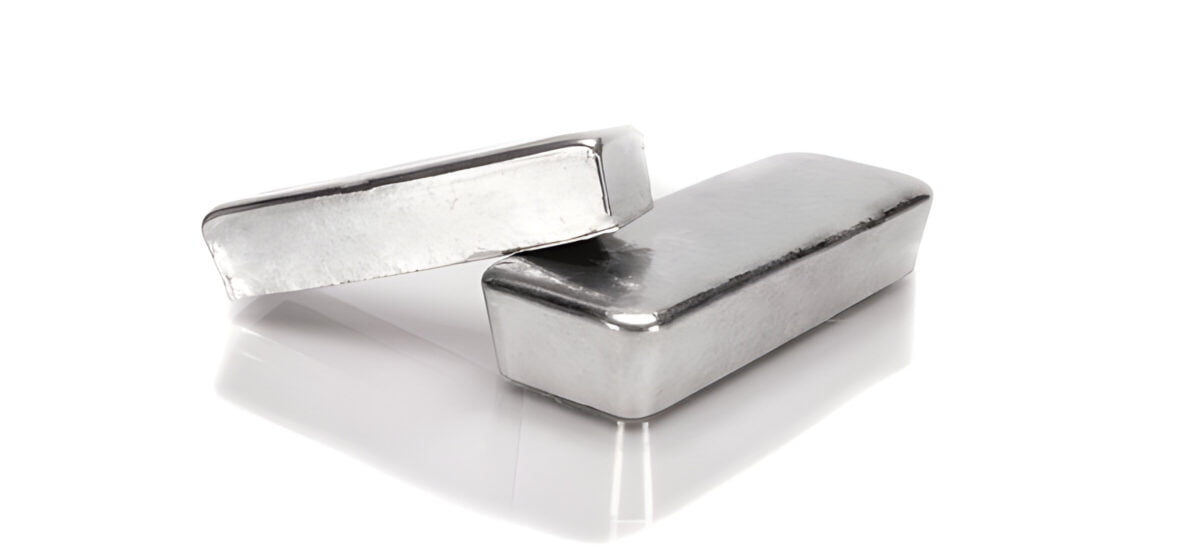Blogs

What is Indium Used For? A Comprehensive Guide
Indium is a fascinating, silvery-white metal with a slight bluish tint. While it’s not as well-known as gold or silver, this metal plays a huge role in modern life from the touchscreen on your phone to solar panels and even dental implants.
So, what exactly is indium used for? Let’s break it down in a simple, clear way.
📜 A Quick Look at Indium’s History
- Discovered in 1863 by German chemists Ferdinand Reich and Hieronymous Richter.
- Named after the violet line seen in its spectrum (“indicium” in Latin).
- At first, it wasn’t used much — but as tech advanced, the element became a big deal.
🔬 Indium’s Key Properties
Here’s why this rare metal is so useful in high-tech applications:
- Atomic Number: 49
- Melting Point: 156.6°C — super low for a metal
- Boiling Point: 2027°C — very high
- Density: 7.31 g/cm³
- Soft & Malleable: You can bend it without breaking it
- Resistant to Corrosion: Lasts a long time
🛠️ What Is Indium Used For? Top Applications
Let’s explore where indium shows up in our world:
1. 📱 Touchscreens & Displays (ITO Targets)
- Indium is combined with tin to form Indium Tin Oxide (ITO), This material essential for touchscreens and displays.
- ITO is clear + conducts electricity — perfect for:
- Touchscreens
- LCDs
- Plasma displays
- 70% of the world’s indium is used for this!
2. ⚙️ Semiconductors
- The element forms compounds like indium phosphide (InP) and indium antimonide (InSb).
- Used in:
- High-speed electronics
- Lasers
- Infrared sensors
3. 📻 Electronics & Radios
- This metal mixed with silver oxide creates strong, low-resistance contact points.
- Improves performance and life of electrical connections.
4. 🦷 Dentistry
- Used in dental implants and crowns.
- Helps make alloys stronger and more corrosion-resistant.
5. 🔩 Alloy Additive (The “Alloy Vitamin”)
- A little bit of indium goes a long way!
- Adds:
- Strength
- Ductility (bendiness)
- Wear resistance
- Used in fuses, temperature sensors, and more.
6. ☀️ Solar Panels
- Key component in CIGS (Copper Indium Gallium Selenide) thin-film solar cells.
- These solar cells are:
- Efficient
- Lightweight
- Cost-effective
7. 🚀 Aerospace Gaskets & Liners
- This metal stays soft and flexible, even in space!
- Used as seals and gaskets in:
- High-altitude instruments
- Satellites
- Jet engines
8. ⚛️ Nuclear Industry
- This element absorbs neutrons, making it ideal for:
- Control rods in nuclear reactors
- Neutron detectors
9. 🛢 Industrial Bearings
- The material’s coating reduces wear and increases lifespan in heavy-duty bearings.
10. 🔧 Brazing Materials
- These alloys are used for brazing (metal joining) in electronics.
- Works well at low temperatures without damaging components.
💻 Indium in Everyday Electronics
This metal is behind the scenes in many gadgets you use every day:
- Touchscreens — smooth and responsive thanks to ITO
- Solar panels — lightweight and efficient CIGS technology
- LED lights — brighter and more efficient using indium-based compounds
- Chips & circuit boards — indium solder holds everything together
🌍 Environmental & Supply Concerns
Indium is rare, and demand is growing. That means:
⚠️ Challenges:
- Limited supply
- Expensive to extract
✅ Solutions:
- Recycling indium from old electronics
- Finding alternatives for some uses
- Using it more efficiently
🚀 Future Uses of Indium: What’s Next?
1. Flexible Electronics
- The material is being used in foldable phones and wearable tech.
- Flexible displays that bend and still work? Yup, that’s indium.
2. Next-Gen Solar Panels
- Researchers are improving CIGS solar cells to make them even more powerful.
3. Quantum Computers
- This element helps make quantum dots for powerful new types of computers.
4. Medical Innovations
- Indium-based compounds may help in:
- Drug delivery
- Disease detection
- Diagnostic imaging
5. Aerospace & Defense
- Ideal for extreme environments — satellites, jets, and more.
✨ Final Thoughts
Indium might not be a household name, but it’s absolutely essential in our digital and energy-driven world. From powering your devices to shaping the future of solar and quantum tech, indium is truly a hidden hero of modern technology. As demand rises, so does the importance of sustainable sourcing, recycling, and innovation. Stay tuned — this little metal is going places!
🤔 FAQ
Q1: What are the main applications of this metal?
Used in electronics, solar panels, dentistry, semiconductors, and more.
Q2: Why is indium important in electronics?
It’s conductive, resists corrosion, and has a high boiling point — perfect for tech.
Q3: How is this element used in semiconductors?
It’s part of high-speed, high-efficiency materials like indium phosphide.
Q4: What are the industrial uses of indium?
ITO coatings, soldering, control rods, bearings, and alloys.
Q5: Is this metal eco-friendly?
Not toxic, but it’s rare — so recycling is important.
Q6: Can indium improve dental implants?
Yes! It makes them stronger and longer-lasting.
Q7: What makes this metal special?
It’s soft, flexible, corrosion-resistant, and super useful in tiny amounts.
🔗 Discover more on our website https://domadia.net/contact/




